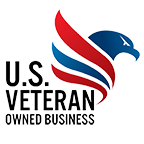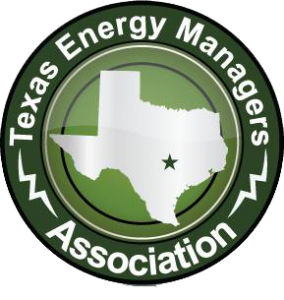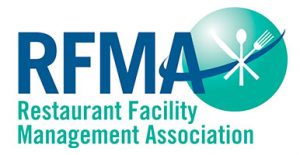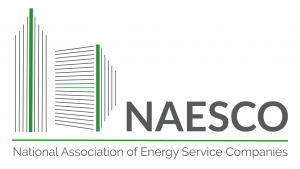Right now, the news is focused on inflation, but this time last year, the news was reporting food-borne illnesses such as outbreaks of Salmonella, Listeria and E-Coli. That is why around the country, food safety should be taken very seriously. Did you know that local inspections are performed on a regular basis and for the most part, retail food establishments are somewhat cooperative and comply? Ultimately, so that you the public can rest easy knowing that when you eat at these establishments you are as safe as you can be.
By and large, restaurants are very well run and supervised because everyone is on the same sheet of music. Owners really do not want bad publicity for their establishment and that means that for the vast majority, they comply. Both your local Department of Agriculture (Department of Health) and the overall food industries want the food to be safe.
So how does that happen? How as a consumer do, I know that the place where I am eating is safe? Health Department Inspections allow people to enjoy food safely no matter where they are in the state without worry. Health Inspections are conducted in every city, state and municipality in each respective state.
For most businesses, it is their livelihood and food safety concern is a primary concern. They care about it, because it is their business. If their food is not safe, the consequences and the liabilities are extremely high as well as the penalties and potential lawsuits. And if those two are not enough to scare them the public perception is the killer. Health Inspections are carried out on restaurants; nursing homes; grocery stores; convenience stores; coffee shops; food trucks; hospital cafeterias; school districts; university cafeterias and sports venues. Any business that sells food is subject to a health inspection.
If you get sick, the first thing that you ask yourself is what did I eat? Where did I eat? Sometimes though you will get sick, and it is not something that you ate. However, when there is a foodborne illness, it doesn’t necessarily happen in the restaurant or even right after you leave the restaurant. Plus, it is usually not one person who gets sick, it will be several people who ate at the same restaurant at the same time.
Food safety includes anything that can make people sick, cause injury or prove to be fatal. The three sisters I mentioned above are just as deadly as COVID. The causes might include forgetting to wash your hands (hand washing sinks, for example, are to be separated and only used for hand-washing)… pretty simple stuff you would think.
Seriously, hand washing for 20 seconds is taught in first grade. This is being impressed upon us daily with the current health scare. None of this is complicated but it is something that people need to be constantly reminded of.
So How do Food Safety Inspections Work? What are the Inspectors Looking for?
Regular food safety audits are performed once per year and are usually unannounced by the county health department inspectors. Some inspections can be triggered by consumer complaints. All new businesses must be inspected before they even open. Follow-up visits on the other hand can be scheduled or announced.
When the inspectors visit local retail food establishments, they follow their respective State Department of Agriculture Retail Food Facility Safety Report. Generally, the inspections take anywhere between 20 minutes to several hours to complete depending on the quantity and the type of the food being prepared or the size of the establishment.
The regular consumer thinks the violations are severe and there are times when it can be. There are some violations that fall outside of the owner’s control, but the violations are all over the board. They may range from foods being kept at the wrong temperature to food not being stored properly; to no hair nets on people cooking or serving the food; to employees not washing their hands in a sink where the food is prepared to rodents or pests or food on the walk-in box’s floors; gaskets missing on the box doors.
The standard inspection is basically a checklist of food safety risks. It can be used as an educational tool so that owners and managers know what they need to do. Owners of food establishments need to be on their toes, ready for an inspection always. They need to walk the talk and set examples for their employees to follow. Hand washing is at the top of the list.
Food safety starts with the owners and the managers. If the management doesn’t care about food safety, the employees will not care, and the customers are not going to be served safe food. Overall, the general public is concerned about food safety. The news media makes sure that they publicize the establishments that are out of compliance and or the outbreaks. Here in the United States, food inspections date back to the early 20th century. It is not a static science. The national standard has become important because of people traveling from place to place. They demand standards that cover a national footprint not localized.
There is not one person that I have met whether in food production, distribution or service that does not want their food to be safe. But there are a lot of challenges that come with food safety. Know that the agricultural industry cares deeply about food safety. If they continue to care about food safety, everyone can continue to consume each meal with confidence.
So where can you find the inspection reports for your favorite restaurant you might ask? Transparency is extremely important and for us in Pennsylvania, inspection data is localized and easy to find in counties or your State Department of Agriculture has links. Some towns even publish apps, or you can go to the State website or the federal website. Sometimes the counties will release the information to newspapers, and they will publish on a weekly basis.
Refrigeration Technologies is a value-added resource if you have any questions, please shoot us an e-mail and we will work to get you an answer. Our technologies ensure that Food establishments meet the HACCP Requirements to avoid the three nasty sisters – E-Coli, Salmonella and Listeria.
Refrigeration Technologies will show you how to reduce food spoilage, monitor your temperatures and save energy. These are just a few of the benefits a refrigeration owner or operator will experience with the installation of ArtikControl™ WIC/WIF Technologies.
ArtikControl™ consistently monitors your walk-in coolers/freezers and sends out alarms via text and email alerts when problems arise so that any failure or temperature problems are discovered and addressed as quickly as possible.
For more Information about how our Technologies can give you Peace of Mind, save energy and more importantly put money in your refrigeration operations, please contact us at 888-286-3091 or email me at MYannessa@refrigerationtechnologiesllc.com.
Do you have a Talking Freezer?
Contact Refrigeration Technologies’ today to schedule a No Obligation Energy Audit. (888) 286-3091








